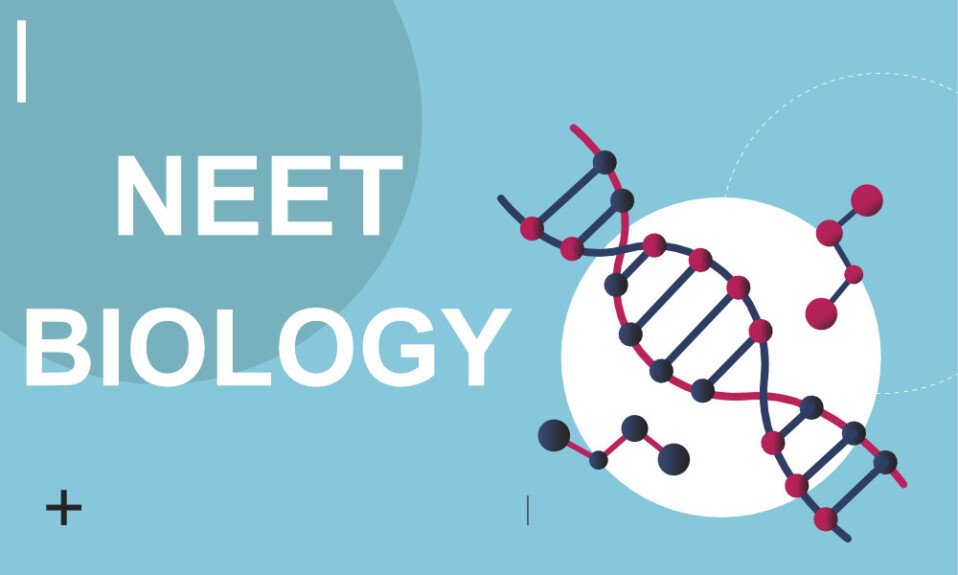1. The study of the cell, its types, structure, functions, and its organelles are known as
a. Biology
b. Cell Biology
c. Microbiology
d. Biotechnology
Answer: b Cell Biology
2. Who discovered the cell in 1965?
a. Robert Hooke
b. Schwann
c. Tatum
d. De Bary
Answer: a Robert Hooke
3. The cell theory is not applied for
a. Algae
b. Virus
c. Bacteria
d. Fungi
Answer: b Virus
4. Which of the following was given by cell theory?
a. Watson and Crick
b. Robert Hooke
c. Schwann and Schleiden
d. Darwin and Wallace
Answer: c Schwann and Schleiden
5. The study of the structure and composition of cells is called
a. Cytology
b. Anthology
c. Ecology
d. Phenology
Answer: a Cytology
6. Who discovered Nucleus in 1831?
a. Robert Hooke
b. Robert Brown
c. Rudolf Virchow
d. T. Schwann
Answer: b Robert Brown
7. The elements that present in Protoplasm
a. Carbon, Hydrogen
b. Carbon, Hydrogen, Nitrogen, and Oxygen
c. Carbon, Nitrogen, and Oxygen
d. Helium, Carbon, Oxygen
Answer: b Carbon, Hydrogen, Nitrogen, and Oxygen
8. Which of the following cell organelles is absent in animal cells but present in a plant cell?
a. Cell wall
b.Cytoplasm
c. Vacuoles
d. Mitochondria
Answer: a Cell wall
9. Cell wall is mainly composed of
a. Lipid
b. Starch
c. Cellulose
d. Protein
Answer: c Cellulose
10. Which of the following cell organelles is called digestive bags?
a. Nucleus
b. Lysosomes
c. Chloroplast
d. Mitochondria
Answer: b Lysosomes
11. Which of the following cell organelles does not contain DNA?
a. Lysosomes
b. Nucleus
c. Chloroplast
d. Mitochondria
Answer: a Lysosomes
12. Which of the following cell organelles is called the powerhouse of the cells?
a. Nucleus
b. Lysosomes
c. Chloroplast
d. Mitochondria
Answer: d Mitochondria
13. Mitochondria was discovered by which of the following?
a. G.E. Palade
b. Altman
c. Schultze
d. Robert Brown
Answer: b Robert Brown
14. Which of the following cell organelles contains RNA?
a. Mitochondria
b. Plastids
c. Lysosomes
d. Ribosomes
Answer: d Ribosomes
15. What is the site of ribosomes in a living cell?
a. Endoplasmic reticulum
b. Golgi bodies
c. Plasma membrane
d. Nucleolus
Answer: d Nucleolus
16. Which of the following is considered as a cell within a cell?
a. Chloroplast
b. Ribosome
c. Mitochondria
d. Golgi complex
Answer: d Golgi complex
17. Which of the following cell organelles is present in animal cells but not present in plant cells?
a. Nucleus
b. Centrosome
c. Golgi complex
d. Plastids
Answer: b Centrosome
18. Which of the following cell organelles is present in plant cells but absent in animal cells?
a. Nucleus
b. Vacuole
c. Chloroplast and Plastids
d. Cytoplast
Answer: c Chloroplast and Plastids
19. Which of the following statements is true about chromosomes?
a. Chromosomes are present within the nucleus.
b. It contains genes and helps in inheritance or transfer of characters from the parents to the next generation.
c. It is made up of DNA in the form of Chromatin material and protein.
d. All of the above
Answer: d All of the above
20. Which of the following is a single membrane-bound cell organelle?
a. Vacuole
b. Golgi Apparatus
c. Endoplasmic Reticulum
d. All of these
Answer: d All of these
21. Which of the following cell organelles is absent in plant cells but present in animal cells?
a. Nucleus
b. Centrosome
c. Golgi bodies
d. Plastids
Answer: b Centrosome
22. Which of the following is not a double membrane-bound cell organelle?
a. Chloroplast
b. Mitochondria
c. Endoplasmic Reticulum
d. All of the above
Answer: c Endoplasmic Reticulum
23. Which of the following statements is true about the Golgi bodies?
a. It is a sac-like organelle.
b. It is located near the nucleus.
c. It helps in carrying the particles throughout the cell.
d. All of the above
Answer: d All of the above.
24. Which of the following statements is true about the Nucleus cell organelles?
a. Nucleus is not present in prokaryotes.
b. The chief components of the nucleus are Chromatin and Nucleolus.
c. It contains DNA and other genetic materials.
d. All of the above
Answer: d All of the above
25. Which of the following cell organelles are sites of protein synthesis?
a. Ribosomes
b. Lysosomes
c. Mitochondria
d. Golgi complex
Answer: a Ribosomes
26. Which of the following organ cells is present in the plant by which they are able to make their own food through photosynthesis?
a. Centrioles
b. Chloroplast
c. Centrosome
d. None of these
Answer: b Chloroplast
27. What is the functional unit of the chromosome?
a. RNA
b. DNA
c. Gene
d. None of these
Answer: c Gene
28. Which of the following is true about Mitochondria?
a. Mitochondria contains DNA.
b. It is rod-shaped.
c. Mitochondria helps to convert energy from food molecules into usable energy and stored as adenosine triphosphate molecules.
d. All of these
Answer: d All of these
29. The total number of chromosomes in a normal human being is
a. 23
b. 53
c. 46
d. 26
Answer: c 46
27. Pigments containing bodies that are bounded by the membrane are called
a. Chlorophyll
b. Plastids
c. Chloroplast
d. Hemoglobin
Answer: b Plastids
28. Food substances are digested with the help of enzymes that are present in
a. Mitochondria
b. Golgi complex
c. Lysosomes
d. Ribosome
Answer: c Lysosomes
29. A chromosome consists of DNA and
a. Gene
b. Lipids
c. Proteins
d. Carbohydrates
Answer: c Proteins
30. Golgi apparatus or simply Golgi complex is involved in the formation of
a. Chromatin
b. Lysosome and Peroxisomes
c. DNA
d. Ribosomes
Answer: b Lysosome and Peroxisomes


